Read More on GEM Wiki
North Sea
The North Sea holds vital potential for the global energy transition and stands to set a strong example for regions with a similar abundance of offshore wind resources.

Best Viewed on Desktop
To access the interactive map, we recommend viewing the website on your desktop.
Topical Summaries
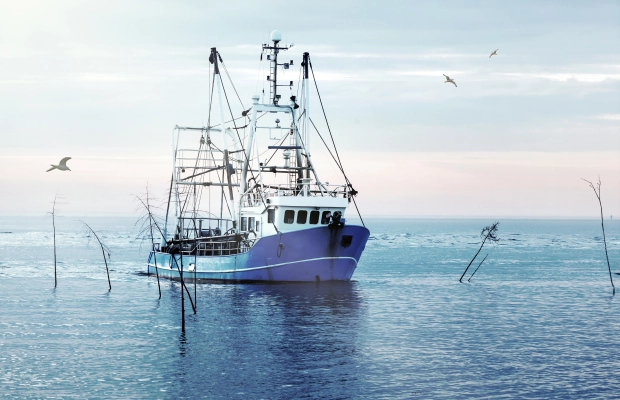
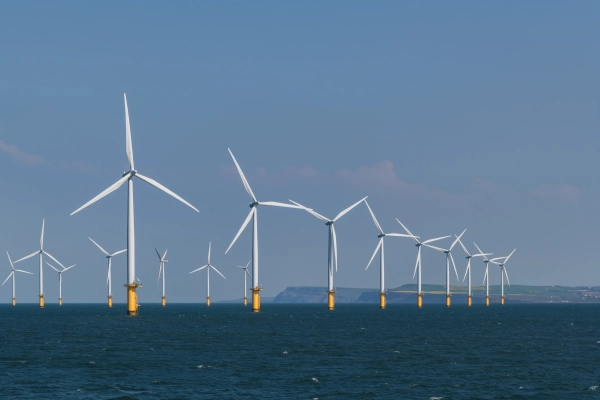
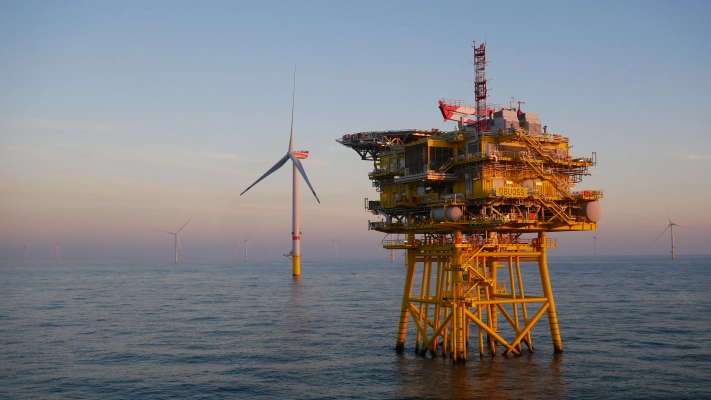
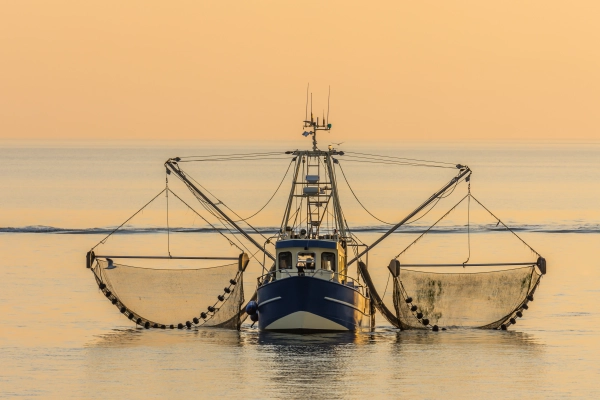
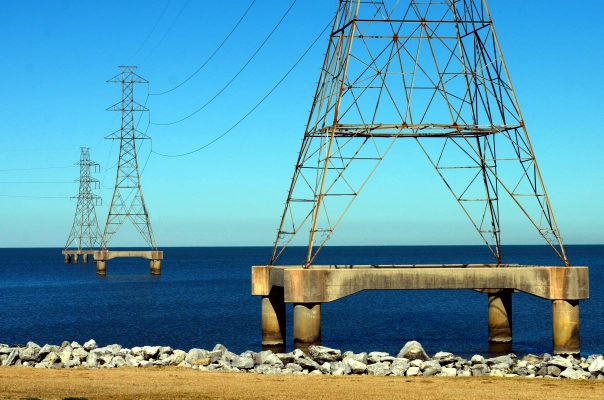


Read More on GEM Wiki
Dashboard
Offshore Wind Development North Sea
Offshore Wind Targets in 2030 and 2050 (Gigawatts)
In 2023, nine countries participated in the North Seas Energy Cooperation (NSEC) signed the Ostend Declaration, agreeing to update the capacity targets announced from the Esbjerg Decla... Read More
Offshore Wind Development North Sea
Offshore Wind Targets in 2030 and 2050 (Gigawatts)
In 2023, nine countries participated in the North Seas Energy Cooperation (NSEC) signed the Ostend Declaration, agreeing to update the capacity targets announced from the Esbjerg Declaration in 2022, increasing the 2030 and 2050 targets from 76GW to 120GWm in 2030, and 260GW to 300GW in 2050.
References
- Ostend Declaration of Energy Ministers on the North Seas as Europe's Green Power Plant, Government of Germany, April 24 2023.
All access, use, downloading of the Global Energy Monitor Dashboard content is subject to the Creative Commons License found at
globalenergymonitor.org/creative-commons-public-license
Articles and Resources
- An EU Strategy to harness the potential of offshore renewable energy for a climate neutral future, European Commission COMMUNICATION FROM THE COMMISSION TO THE EUROPEAN PARLIAMENT, THE COUNCIL, THE EUROPEAN ECONOMIC AND SOCIAL COMMITTEE AND THE COMMITTEE OF THE REGIONS, November 19 2020
- Cost Evaluation of North Sea Offshore Wind Post 2030 Witteveen Bos and ECN TNO, February 4, 2019
- Energy Island Project in the North Sea – Policies International Energy Agency, 3 March. 2022
- North Sea Energy Island northseaenergyisland.dk., June 7, 2022
- North Sea Wind Power Hub Programme
- Ostend Declaration Of Energy Ministers On The North Seas As Europe’s Green Power Plant Government of Germany, April 24, 2023
- Renewable Energy and Jobs Annual Review 2023 International Renewable Energy Agency, Abu Dhabi and International Labour Organization, Geneva, Sep 28, 2023
- Spatial study North Seas 2030 –offshore wind development commissioned by the North Seas Energy Cooperation(NSEC) Royal HaskoningDHV, Retrieved from European Commission, Nov 3, 2022
- The Declaration of Energy Ministers on The North Sea as a Green Power Plant of Europe, 2022
- The Esbjerg Declaration on the North Sea as a Green Power Plant of Europe, 2022
- The North Sea Summit Ostend 24th of April 2023
- The North Seas Energy Cooperation European Commission, Last updated: November 3, 2022
- Towards the first hub-and-spoke project North Sea Wind Power Hub Programme, 2021